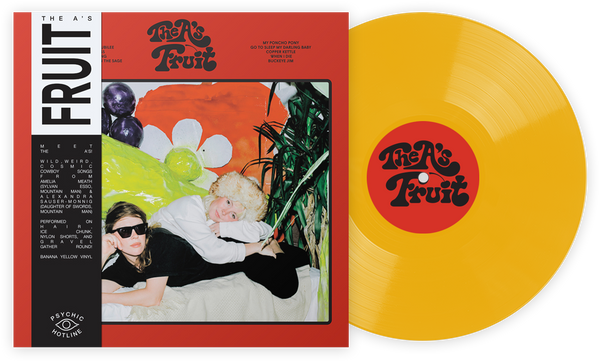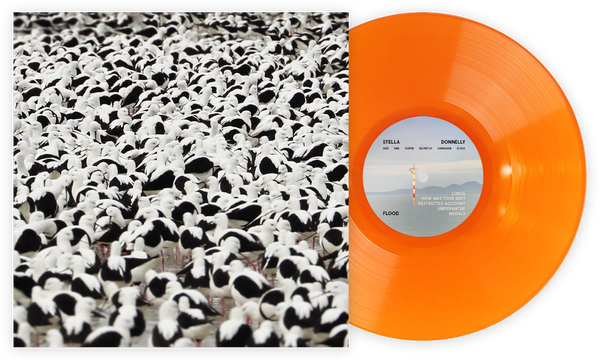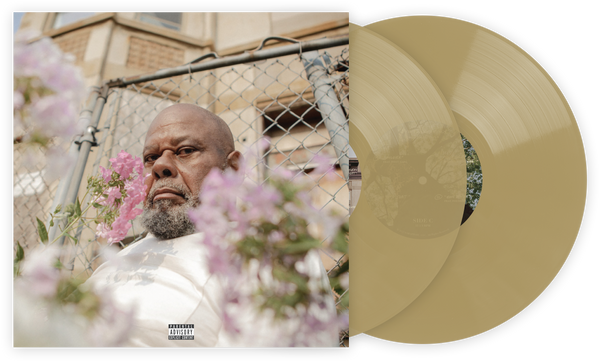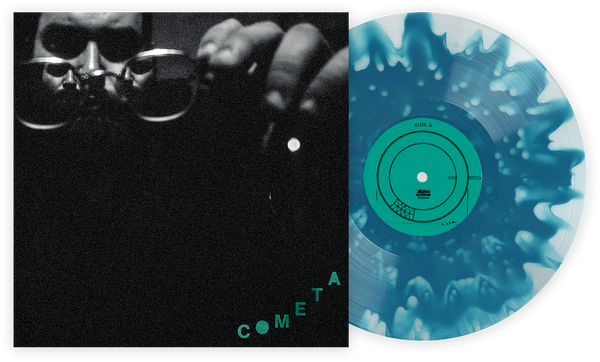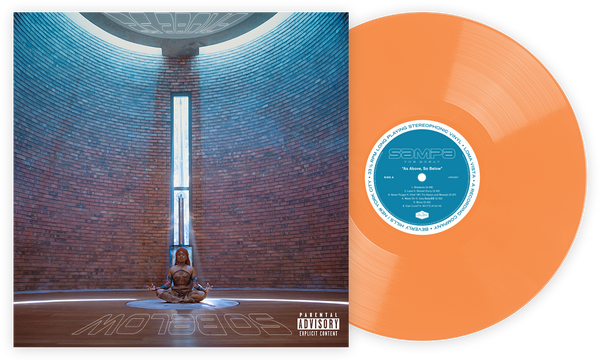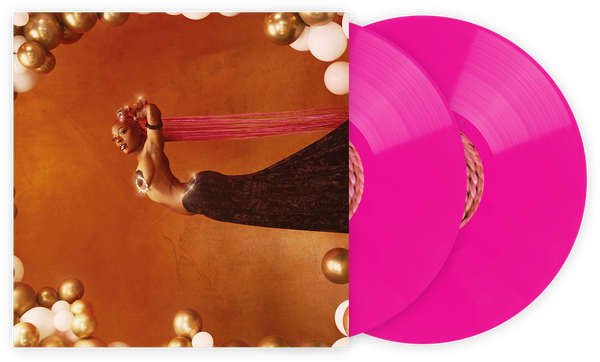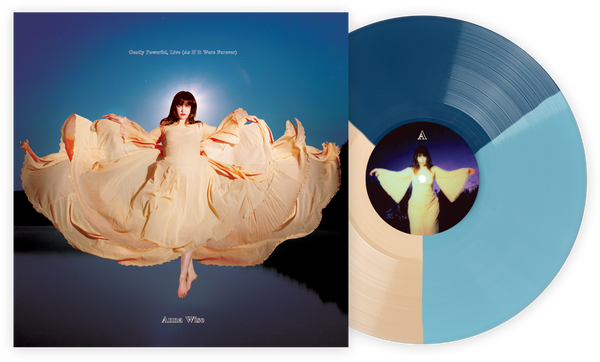If you decide to pass a slow moment by looking at a cartridge manufacturer’s website (and while you are free to judge me any way you see fit for doing this, your own browser history is likely to tell its own story of less than dynamic moments in your lives), you might notice something odd. Many companies will make what appears to be two (or sometimes even more) cartridges that are identical in every way except for the shape of the stylus—the tiny diamond that sits in the groove of the record and begins the process of turning that groove into an audio signal, and with that, the price being asked for them. These aren’t small price differences either. Changing the stylus profile can often nearly double the price of the cartridge.
So why are these differences so significant? The answer to this is—by the standards of vinyl anyway—pretty straightforward, but it makes the most sense with some context. First, what is the stylus? At the most basic level it is a piece of industrial diamond that has been shaped to a point and sits at the end of the cantilever—the object that transmits the signal it creates back to the cartridge. In essence, almost every cartridge (there are of course a tiny number of exceptions but they are sufficiently rare that we can ignore them for now) works on these principles. In very basic cartridges, the stylus attaches to the cantilever by means of a metal shank which slots into the end of the cantilever. This works well enough but increases the weight and mass of the assembly in the cartridge, which isn’t ideal. More sophisticated designs will use what is referred to as a “nude” stylus that affixes directly to the cantilever and reduces this mass.
最基本且可以可靠運作的唱針排列方式是圓錐形。顧名思義,這是圓錐形鑽石,逐漸收細形成一個圓形尖端,穿過唱片槽。在1960年代晚期之前,幾乎所有製作的唱針都是圓錐形的,它們至今仍可以在一些具有成本效益的設計中找到。圓錐形設計有一些關鍵優點。它們容易製作,並且在設置方面比較寬容。由於唱針從任何角度看都實際上相同,因此唱針在唱片槽中的絕對對齊並不是非常重要,因為無論唱頭如何對準,圓錐的兩邊都會產生行程(儘管我不建議為此進行破壞性測試,因為懸臂設計承受“鼻子正對”力量,如果超出操作範圍,會變得很難應付)。
圓錐形唱針的缺點是與唱片接觸的唱針量比較低,這降低了可以從唱片槽中提取的信息量。如此,對圓錐形唱針的每一次演進都是為了增加與唱片槽接觸的唱針量,更接近最初製作唱片槽的切割頭。通過精心設計,有些唱針還減少了質量並縮小了唱針的整體輪廓,這使其能更深入地坐在唱片槽中,尋找更多細節。
邏輯上,最簡單的方法就是將圓錐拉長成橢圓形。結果就是橢圓形唱針。這通常是製造商產品線中從圓錐形升級的第一級,並且這個輪廓通常也標志著唱針絕對是裸露設計。同時,橢圓形唱針也是最後一種沒有特定形狀的唱針設計。雖然橢圓形唱針的專利由Grado持有,不同品牌的橢圓形唱針在具體形狀上會有所不同。
之後,你可能遇到的每一種唱針都可以歸類為“線接觸”,但它們也可能有自己的具體名稱。第一款此類設計出現在1960年代晚期,稱為“Shibata”型唱針,以其發明者JVC的Norio Shibata命名。Shibata—以及所有其他線接觸變體—的作用是生產出更精細的橢圓形版本。除了Shibata,還有各種其他版本,如Microline、Vital、Gyger和Van den Hul,但它們都採用相同的原理,略微調整形狀以解決設計師的感覺問題。
這些唱針對性能有多重要?答案是非常重要。如果其他變量不變,線接觸唱針在性能上比圓錐形設計可以取得的水平往往會讓人非常驚訝。在唱片的外部播放表面,唱片槽中的信息比較豐富,改進可能會是微妙的,但當唱頭抵達唱片的中心時,信息更加壓縮,這時候更好的唱針輪廓開始展現其價值。這種延伸的接觸面可以發現圓錐形唱針無法發現的信息。
這其中有些限制——總是會有的。首先,唱針輪廓越複雜,製作起來越複雜且昂貴。有些像Gyger和Van den Hul這樣的輪廓通常不會出現在價格太低於600至800美元的型號中,即使是更常見的版本也依然比普通的圓錐形唱針貴得多。由於唱頭中有其他成本變量,獲得高端唱針配合同樣高性能的唱頭,通常會花費非常可觀的金錢。
其次,隨著唱針的接觸點變得更長,對其設置變得更加重要。如果圓錐形唱針未對準,形狀會抵消一些影響。線接觸模型在同樣的情況下會略微側向地拖動其輪廓,導致唱頭和唱片的磨損,無法將實際存在的信息傳遞到系統的其他部分。如果你正在安裝這樣一種設計,很遺憾,沒有“差不多就行了”這回事。除非對準,垂直追踪角度和方位(垂直對準)正確,否則你在浪費錢。
如果你擁有一個已正確對準的動磁唱頭——無論是工廠對準,還是自己閱讀我們的指南並出色地完成,你可以通常簡單地將唱針換成在相同安裝的唱頭上的更高質量的唱針。這使設置變得更簡單,提供快速且有價值的性能提升。一小塊工業鑽石對你的音樂影響看起來可能很不真實,但一個體面的唱針是你可以做出的最聰明的投資之一。
Ed is a UK based journalist and consultant in the HiFi industry. He has an unhealthy obsession with nineties electronica and is skilled at removing plastic toys from speakers.
Join the Club!
Join Now, Starting at $36Pages

